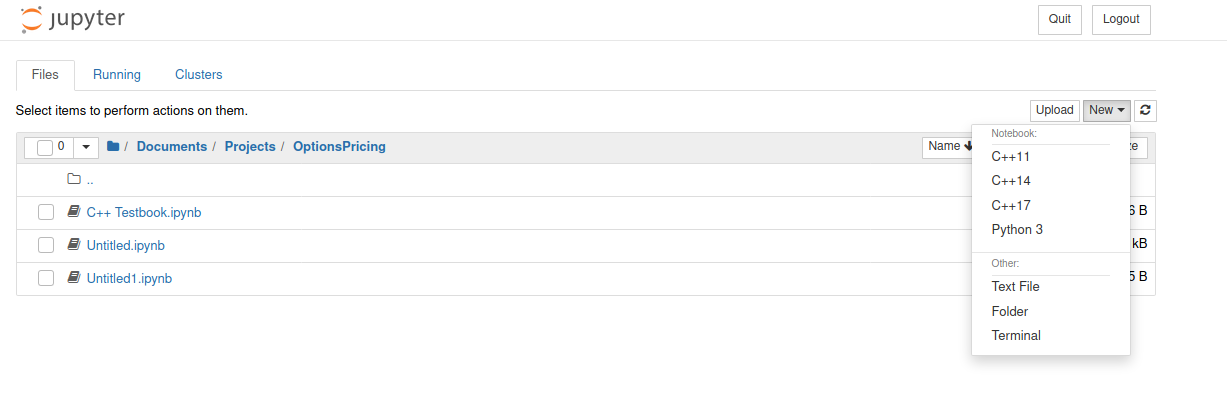When I’m experimenting with models I typically prefer to have my math and code in the same place. Python is the language of choice for data scientists as it integrates seamlessly with Jupyter Notebook allowing for carefully placed analysis and explanations alongside code modules. However, recently I’ve been working on integrating a model into a piece of software where low latency is vital. C++ was the obvious answer in terms of language choice. I began looking for an interactive computing solution in C++ and eventually came across Xeus; a C++ kernel for Jupyter Notebook and Xeus-Cling; a C++ interpreter. Together, these two frameworks allow for seamless interactive computing.
Requirements:
- Mac OS/Linux/(Windows is still experimental at the time of this article)
- Conda package manager
Step 1: Install Conda
- Download the conda package manager and install the appropriate version for your operating system
Step 2: Setup
Before you install the modules, you want to set up your own environment to prevent conflicts with your default setup. Open up a terminal and type ‘conda activate’. Enter the following commands
conda create -n cling
Next, you want to install cling to your particular environment.
conda install xeus-cling -c conda-forge
Finally, install Xeus:
conda install xeus -c conda-forge
Step 3: Open A Notebook
Open a shell and switch to your cling environment.
conda activate cling
Open a notebook
jupyter notebook
You should now see the option to create a C++ notebook in Jupyter.
